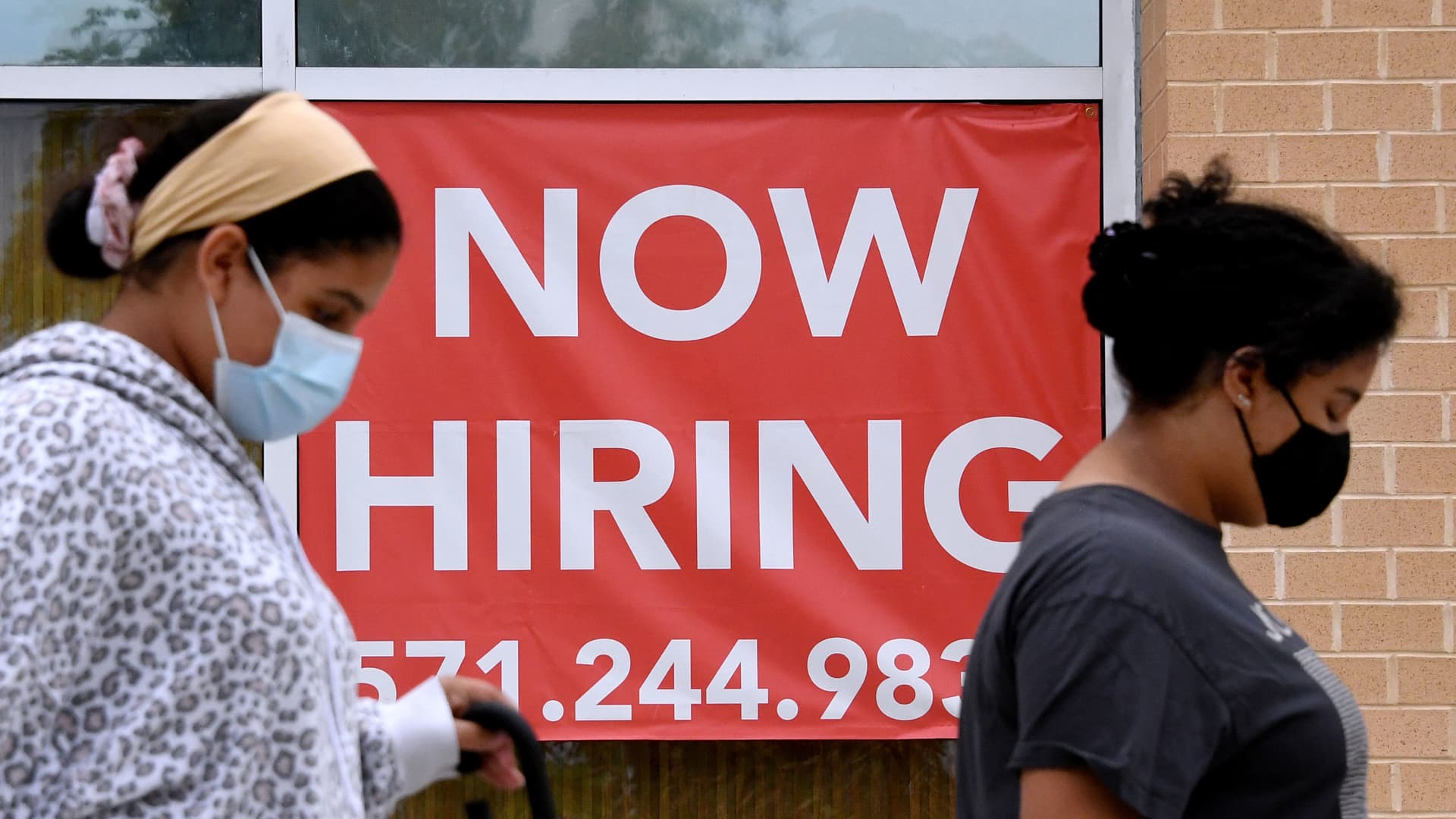The unemployment rate for Black and Hispanic women rose in February, but so did the number of people looking for jobs.
The U.S. unemployment rate ticked up to 3.6% in February from 3.4% the prior month, according to the U.S. Bureau of Labor Statistics on Friday. Women aged 20 and over in the labor force tracked that move, with the unemployment rate rising slightly to 3.2% from 3.1%.
The difference is more stark among Black and Hispanic women. Black women saw their unemployment rate jump to 5.1% from 4.7%. Among Hispanic women, it jumped to 4.8% from 4.4%.
Both groups saw their labor force participation rates — a metric that shows how many workers are employed or in search of work — rise.
For Black women, it jumped to 63% from 62.6%, while the employment-population ratio that shows the proportion of people employed ticked slightly higher to 59.8% from 59.7%. For Hispanic women, the labor force participation rate rose slightly to 61.3% from 61.1%, while the employment-population ratio stayed unchanged at 58.4%.
That could suggest broader weakness in the labor market even amid a stronger-than-expected jobs report, according to AFL-CIO chief economist William Spriggs. In February, the U.S. economy added 311,000 payrolls, though the unemployment rate ticked up and wages rose slightly.
“The Federal Reserve has characterized the labor market as, ‘Oh, the labor market is so tight, employers can’t find anybody,’ but women went out, they looked, and some of them did get jobs, but a lot of them didn’t,” Spriggs said.
“So obviously, there’s a lot more workers than available jobs. And there’s a lot of room left in the labor market to recover,” he added.
Still, Valerie Wilson, director at the Economic Policy Institute’s program on race, ethnicity and the economy, urged against putting too much stock into one month’s report, noting that the rising labor force participation rate shows more confidence in the labor market.
She attributed lower employment among Black women to a slower recovery in the public sector, which employs a more significant share of Black workers in education. Meanwhile, leisure and hospitality continues to recover from losses during the pandemic, which boosts employment among Hispanic women.
Wilson pointed out an upbeat finding in this latest payrolls report.
“One of the bright spots or positive things in this report in terms of women’s employment is that, again, looking at industries that employ a significant number of women, we saw increased employment in those,” said Wilson, citing rises in health care, government, retail, leisure and hospitality sectors.
“So the fact that those industries are still adding jobs suggests to me that there are continuing to be additional employment opportunities for women at least as far as the demographics of those industries are concerned,” she said.
-CNBC’s Gabriel Cortes contributed to this report.
